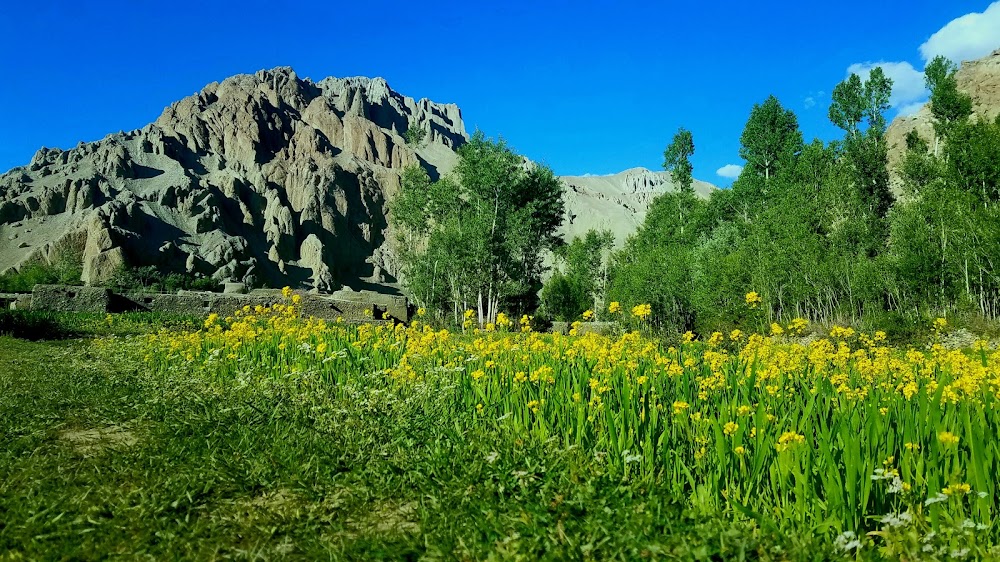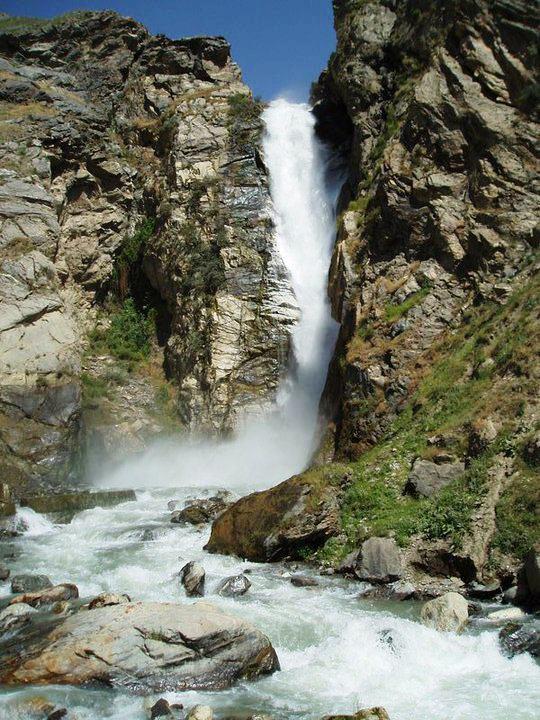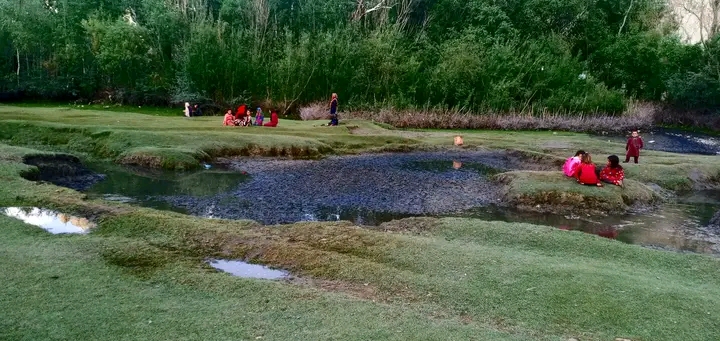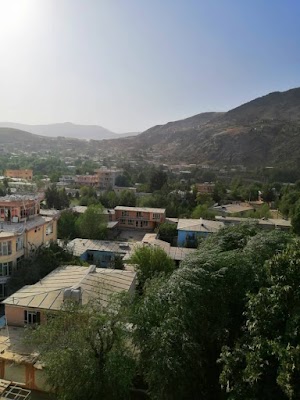Zebak (ذیباک)
Related Places
Overview
In the ancient and serene city of Badakhshan, nestled in the mountainous regions of northeastern Afghanistan, lies **Zebak**—a fortified structure of immense historical significance. This fortress is not merely a relic; it stands as a testament to the ingenuity and resilience of its builders, woven into the rich tapestry of history that characterizes this rugged landscape.
The construction of Zebak began centuries ago when local architects and craftsmen envisioned a stronghold capable of protecting their community from invaders. They strategically selected a hill with steep inclines for its location, making it difficult for enemies to approach. The foundation was built with large, locally sourced stones, ensuring a robust base that could withstand the test of time.
**Materials and Construction Techniques** were carefully chosen for Zebak’s creation. The walls, which rise several meters high, were constructed using a method known as "pakhsa" (rammed earth), a technique prevalent in Central Asian architecture. This involved compacting layers of earth within wooden frames, which were later removed once the earth hardened into solid, durable walls. This innovative approach not only fortified the fortress but also allowed it to blend seamlessly with the surrounding environment.
Zebak's **design** serves both functional and symbolic purposes. It features multiple towers and battlements, offering elevated positions for sentinels to survey the valleys and roads leading to Badakhshan. These towers also provided shelter from harsh weather, enabling guards to perform their duties year-round. Inside the fortress, communal areas facilitated gatherings, supply storage, and strategic planning, while the interior was thoughtfully divided between residential quarters and storage facilities, ensuring the inhabitants could endure prolonged sieges.
One of Zebak’s most intriguing aspects is its **underground tunnels**. Meticulously crafted by digging into the rock and soil, these tunnels served as escape routes and secret passages to retrieve water from nearby springs during times of crisis. This sophisticated system highlights the forward-thinking nature of the builders, who prioritized both safety and sustainability.
The construction of Zebak was a **collective effort** that spanned generations. Each new group of craftsmen and builders contributed their skills, adapting the design to meet evolving challenges and improving upon the work of their predecessors. Local oral histories recount tales of skilled masons, carpenters, and laborers who dedicated their lives to ensuring the fortress stood as a beacon of protection and stability.
Throughout the years, Zebak has witnessed numerous **conflicts and sieges**. It played a critical role in defending against invading forces, serving as a refuge for local residents. Despite enduring harsh winters, heavy rains, and seismic activity, Zebak has remained a steadfast symbol of the community's perseverance.
Today, Zebak transcends its status as a mere historical site; it is a **cultural landmark** that narrates the story of Badakhshan's rich heritage. Although parts of the fortress have deteriorated over time, ongoing restoration efforts aim to preserve this remarkable structure for future generations. Local authorities and international organizations collaborate to maintain its structural integrity while honoring its historical authenticity.
Visitors to Zebak are often captivated by its imposing presence and the panoramic views it offers of the surrounding landscape. The fortress stands as a powerful reminder of the region's strategic importance and the indomitable spirit of the people who built and defended it through the centuries. Whether seen as a military stronghold or a cultural treasure, Zebak in Badakhshan, Afghanistan, remains a compelling testament to human ingenuity and resilience.








